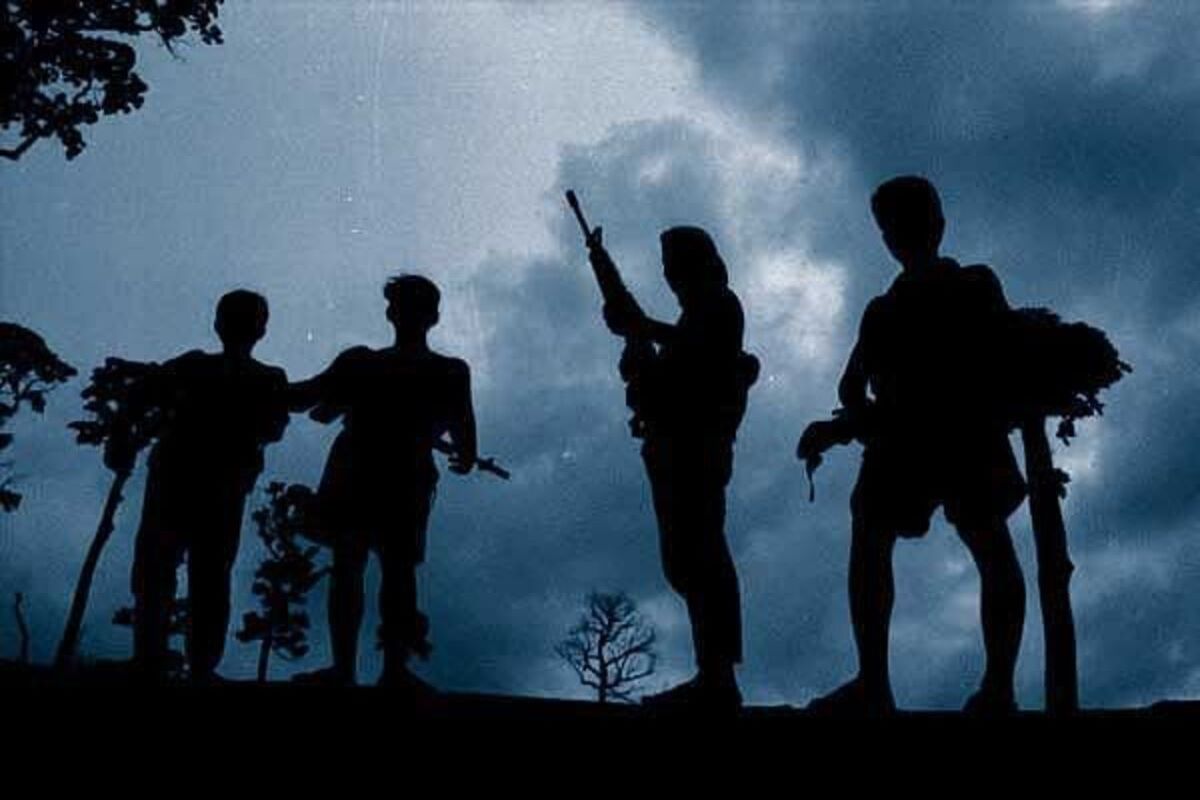Mizoram: 90 bags of poppy seeds weighing 5400 kg seized in joint operation, 2 arrested
Assam Rifles has been continuously operating against narcotics and drug smuggling in the state in an endeavour to strengthen the future of Mizoram.
Well placed knowledgeable sources suggest that the China factor behind this unfortunate occurrence cannot be ruled out. Indo-China relations are already under strain and there has been ample evidence in the past about covert Chinese support to Northeast insurgents including the National Socialist Council of Nagaland (NSCN) (I/M), the United Liberation Front of Assam (ULFA) and others including the Manipuri groups.

representational image
In a most shocking and unfortunate incident, the Commanding Officer (CO) of 46 Assam Rifles, Colonel Viplav Tripathi, his wife, and nine-year-old son were killed in Manipur bordering Myanmar on the morning of 13 November.
The perpetrators of this dastardly attack are suspected to be terrorists belonging to the Manipur Naga People’s Front (MNPF), the People’s Liberation Army (PLA), and People’s Revolutionary Party of Kangleipak (PREPAK) and other self-styled splinter militant groups active in the north-eastern state. It would appear from this unfortunate happening that militancy in Manipur has again raised its ugly head, signalling that militants are still alive and kicking and therefore should not be underestimated or written off.
It would also seem that the authorities had lowered their guard and a sense of complacency had perhaps set in, emboldening the separatist militants to surface with such ferocity. Under these circumstances, it is time to take a few lessons from the incident and conduct a thorough autopsy to prevent any recurrence in the future. In this connection, the following questions naturally emerge meriting responses on priority: –
Advertisement
i) How did such sophisticated weapons including AK-47 rifles and explosives reach a supposedly secure and sensitive zone in insurgency-prone Manipur?
ii) Wasn’t there any specific intelligence input about the attack that claimed the lives of the young CO, his family and Assam Rifles personnel?
iii) Is there an active nexus between the Nagas and the Manipuri rebels which reinforces their onslaught on security forces? and,
iv) Is there a fresh functional tie-up between the 42-year-old United Liberation Front of Assam (ULFA) and Manipuri armed groups giving a fillip to their militant activities?
Meanwhile, well placed knowledgeable sources suggest that the China factor behind this unfortunate occurrence cannot be ruled out. Indo-China relations are already under strain and there has been ample evidence in the past about covert Chinese support to Northeast insurgents including the National Socialist Council of Nagaland (NSCN) (I/M), the United Liberation Front of Assam (ULFA) and others including the Manipuri groups.
To buttress this argument, it can be safely reiterated that ULFA supremo Paresh Baruah is sheltered in China these days after he was hounded out of Bangladesh when the Sheikh Hasina government came to power. Similarly, all other Northeast insurgent groups which enjoyed safe havens in Bangladesh had been got rid of and, therefore, it is likely that they are now harboured, possibly trained and looked after in camps on Chinese territory.
Other than the China angle, sheltering of the North-east insurgent groups, particularly the Manipur militants, inside Myanmar also remains a distinct possibility. The ambush killing of Col Tripathi happened in close proximity to the Myanmar border.
It would also imply that the perpetrators of this ambush had crossed over from Myanmar to carry out this well-coordinated and planned action that involved first blowing up the convoy of the CO and his party by using Improvised Explosive Devices (IEDs) and followed immediately by heavy gunfire. This proves that the entire operation by the militants was carried out with surgical precision which can only be undertaken after thorough training imparted either by Chinese military trainers or a segment of Myanmar’s Army who would have extracted a huge price.
For security professionals engaged in this hostile terrain, it is really challenging to deal with the tough problem of insurgency. While it is easy to blame the intelligence fraternity for having failed to provide a warning about the attack or about the training activities across the border, it is now time for the intelligence and security outfits belonging to the Army, Manipur State police and the Central Armed Police Forces (CAPF’s) to step up their functional coordination in a more vigorous fashion to combat the threat.
The November 13 attack should be taken as a wake-up call for a more focused approach to thwart the looming threats in the sensitive North-east. There are already sparks of militancy in Assam and other parts of the North-east and a hawkish eye needs to be kept on such elements lest they are emboldened by the Manipur killings to repeat such attacks in their states.
Due to the security vigil exercised in the recent past, no major incident has taken place in these turbulent areas, but a lot more needs to be done to ensure a trouble-free North-east, especially Manipur. Another significant and disturbing aspect deserving attention is the flow of arms to North-east insurgents as noticed in this incident.
There have been credible reports in the past about supply of arms for the Nagas, ULFA cadres and Manipuri insurgents emanating from Cambodia via Thailand and even Bangladesh. However, with a friendly government in Bangladesh, it is likely that arms’ supply from Thailand or Myanmar (either through Andaman waters or the land route) may have resumed and thus we need to appropriate the services of our diplomats and security professionals posted in these countries to further sensitize the relevant quarters and plug loopholes before they inflict more damage to the territorial security interests of the country.
(The writer is a retired IPS Officer, a security analyst and a former National Security Adviser to the Prime Minister of Mauritius. Views are personal)
Advertisement